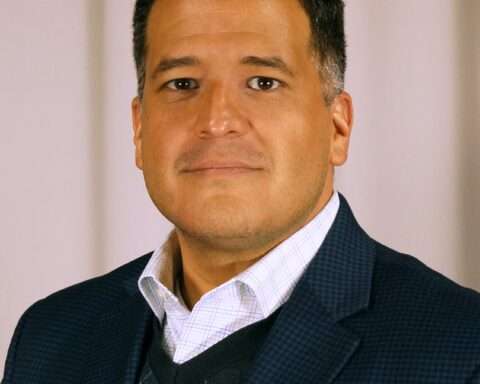Advances in technology, including enhanced and closed-loop geothermal energy systems, could increase U.S. geothermal energy production by 20 times the current levels, according to the Department of Energy’s (DOE) latest Pathways to Commercial Liftoff report.
The ninth addition to the Liftoff reports breaks down “next generation” geothermal power and its potential to add to the U.S. clean energy supply.
Currently, geothermal resources generate about 4 gigawatts (GW) of electricity in the U.S., mostly through hydrothermal systems. Although a consistent source of clean energy, hydrothermal systems rely on specific geographic locations, which limit their capability.
But enhanced and closed-loop geothermal systems expand the potential for geothermal energy production to areas previously unsuitable for conventional projects. This energy technology could provide 90 GW or more by 2050, the report said.
“The newest report in DOE’s commercial liftoff series showcases the enormous potential for geothermal energy and that with strong public-private partnerships we can lower costs for this hot technology to expand access for cleaner, more reliable power to communities across the nation,” U.S. Secretary of Energy Jennifer M. Granholm said in a statement.
In an enhanced geothermal system, fluid is injected into subsurface hot rock, which causes pre-existing fractures to reopen. The fluid then circulates through the rock to the surface, where electricity can be generated. In a closed-loop system, fluids circulate through ubiquitous hot rock through a long series of closed wellbore loops that permeate the subsurface.
“Although a nascent industry, next-generation geothermal enjoys several starting advantages, including transferrable technology, supply chains, and workforces from the oil & gas sector, that will help it achieve rapid scale,” the report said.
The report identifies several challenges to implementing next-generation geothermal, including high upfront costs, perceived and actual operability risks, long and unpredictable development lifecycles and community opposition. However, it lays out possible solutions to these challenges and predicts that next-generation geothermal power can be as cost effective as other energy sources and has the potential to provide up to 300 gigawatts of power.
Earlier this year, the DOE allocated $60 million to three pilot projects – all in the western U.S. – that could deliver enough renewable energy to power 65 million homes. The projects were funded by DOE’s Geothermal Technologies Office in the Office of Energy Efficiency and Renewable Energy.
The U.S. power grid will need 700-900 additional gigawatts of clean energy by 2050. DOE’s Pathways series has already outlined advanced nuclear, carbon management, clean hydrogen and long duration energy storage, in anticipation of increased transition to clean energy.













